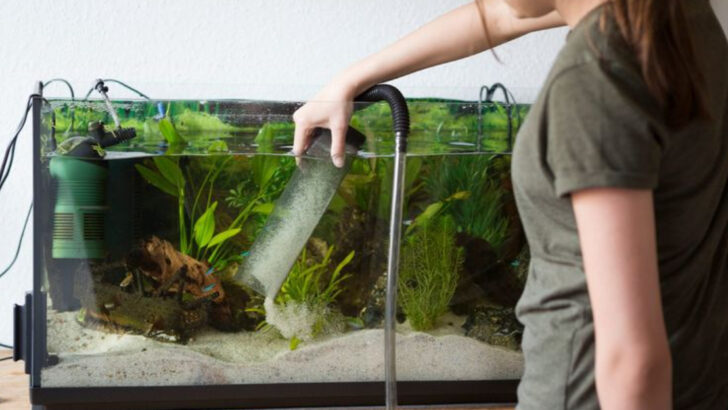Your sparkling aquarium might be hiding a dirty little secret.
What looks like clear, pristine water can actually be a murky mess threatening the health of your finned friends.
A filthy tank isn’t just ugly—it’s a danger zone for fish and plants alike. Poor water quality can turn your underwater paradise into a nightmare.
But don’t panic. Keeping your aquarium clean isn’t some impossible magic trick. With the right moves, you can turn that grime into gleam.
This guide breaks down ten simple, powerful steps to transform your tank into the vibrant, healthy haven your aquatic buddies deserve. Ready to dive in and rescue your fish from the sludge? Let’s get started!
Regular Water Changes
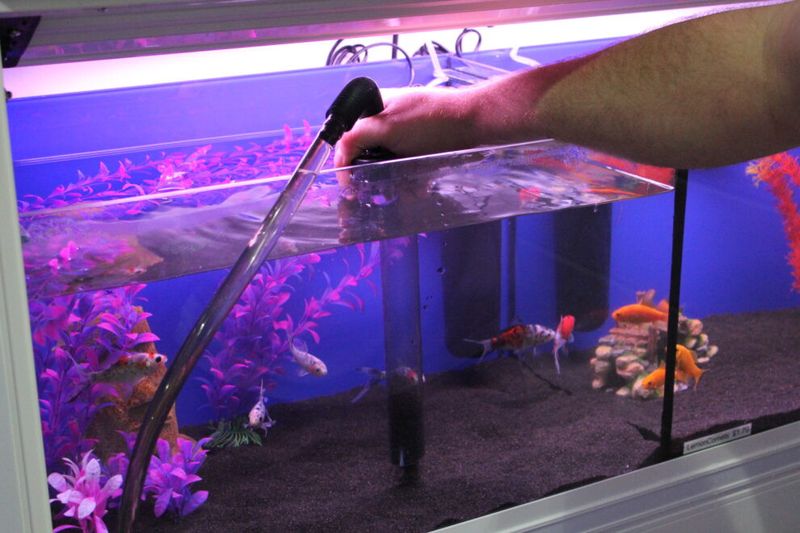
Regular water changes are crucial for maintaining a healthy aquarium environment. Stagnant water can lead to harmful toxin buildup which threatens fish health. Begin by siphoning out 10-15% of the tank’s water weekly, ensuring the removal of waste without disturbing your aquatic life.
Freshwater replenishment mimics natural cycles and maintains chemical balance. Remember to treat new water with a dechlorinator to avoid harming your fish. Consistency is key. Missing a water change may seem inconsequential, but it can lead to long-term issues.
Adopting this routine not only enhances water clarity but also promotes vibrant fish activity.
Filter Maintenance
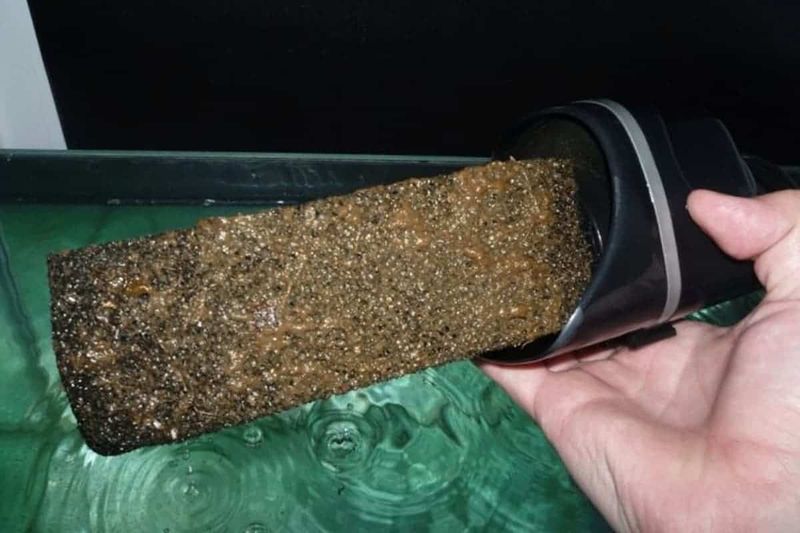
Aquarium filters are the unsung heroes in maintaining water purity. A clogged filter can no longer effectively remove waste and toxins. Monthly maintenance involves disassembling the filter, rinsing its parts in old tank water to preserve beneficial bacteria, and replacing worn components.
Filters come in various types: sponge, canister, or hang-on-back. Each type has its own maintenance nuances. Regularly check the motor function to ensure efficiency.
A well-maintained filter not only supports a healthier tank but also reduces algae growth and prolongs equipment life. Remember, a clean filter is your tank’s best friend.
Substrate Cleaning
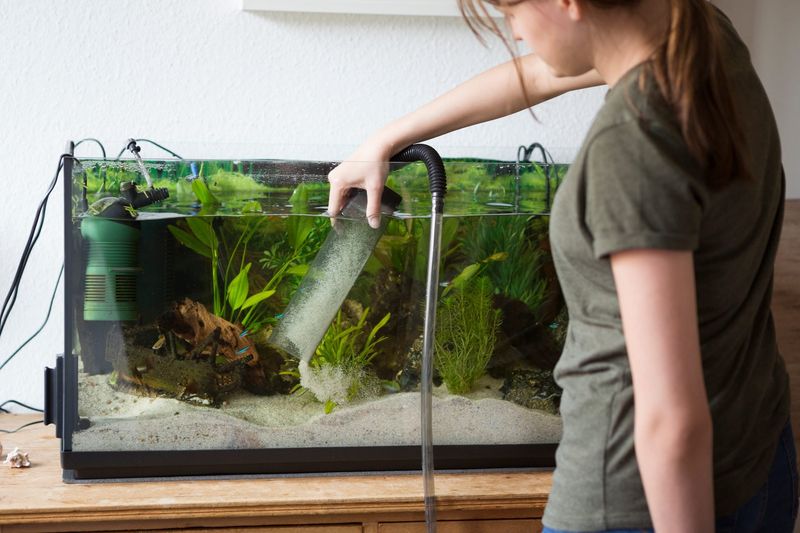
Substrate, often overlooked, is the bedrock of your tank’s ecosystem. It harbors uneaten food, waste, and detritus. To combat this, engage a gravel vacuum during water changes. This dual-action tool siphons water while extracting debris.
Choose a vacuum suitable for your tank size to ensure efficiency. Carefully navigate around plants and decorations to prevent disturbance. Regular cleaning prevents harmful bacteria buildup and keeps your tank visually appealing.
Consistent substrate maintenance not only enhances water quality but also provides a cleaner, safer environment for your fish to thrive. Plus, it minimizes unwanted odors.
Control Algae Growth
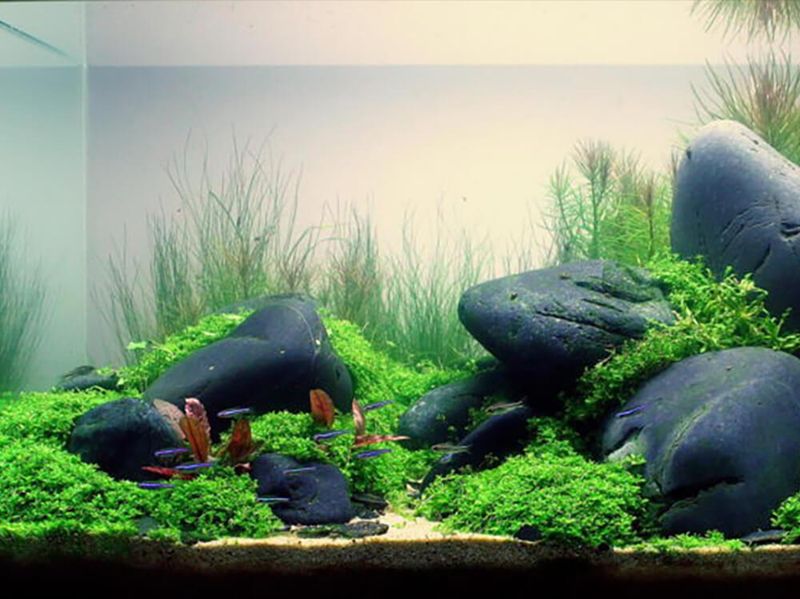
Algae, though natural, can quickly overwhelm an aquarium if unchecked. Its rapid growth blocks light and depletes oxygen. Weekly glass scraping, using a magnet or blade tool, keeps algae at bay.
Balancing light exposure is crucial. Too much light accelerates algae proliferation. Consider using a timer for your aquarium lights to standardize light duration. Adding algae-eating fish or snails can also help control growth naturally.
Algae control maintains the aesthetic appeal and health of your tank, preventing unpleasant greenish tints and ensuring your aquatic plants receive adequate light.
Monitor Water Parameters
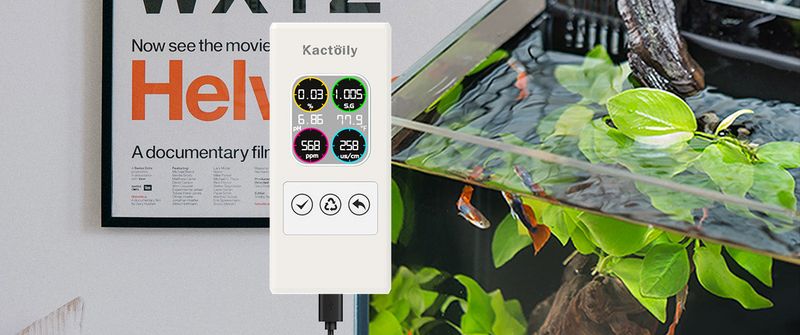
Vigilant monitoring of water parameters is vital for fish health. Fluctuations in pH, ammonia, nitrites, and nitrates can be detrimental. Use a reliable water testing kit weekly to track these metrics.
Adjustments should be made gradually. Sudden changes can stress fish, leading to illness or death. Familiarize yourself with the specific needs of your fish species, as different fish prefer different parameters.
Knowledge and consistency in monitoring ensure a stable, thriving environment. Not only does this practice prevent issues, but it also allows you to catch problems early before they escalate.
Prune Plants Regularly
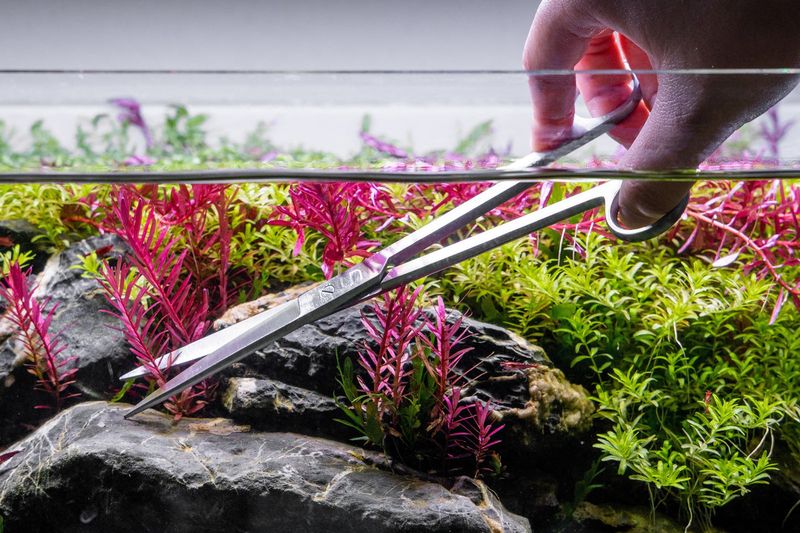
Aquatic plants thrive under attentive care. Overgrown plants can block light and trap debris, disrupting tank balance. Pruning involves trimming dead leaves and excess growth with sharp scissors, promoting healthy development.
Regular pruning enhances water circulation and light penetration, benefiting all tank inhabitants. Healthy plants act as natural filters, absorbing toxins and oxygenating water.
A well-manicured aquarium not only looks appealing but also promotes a harmonious ecosystem. Remember, the goal is controlled, vigorous growth, not a chaotic jungle. This balance keeps your tank vibrant and alive.
Feed Fish Appropriately
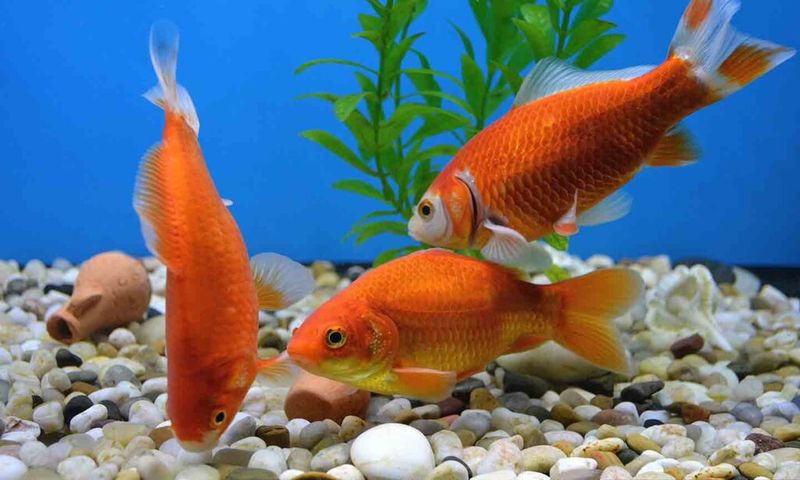
Overfeeding is a common mistake that leads to waste buildup and poor water quality. Understanding your fish’s dietary needs prevents these issues. Feed small amounts that can be consumed within two minutes, ensuring no excess.
Rotate diet with flakes, pellets, and frozen food for nutritional balance. Avoid feeding fish more than twice a day, as this can lead to obesity and health problems.
By feeding appropriately, you enhance your fish’s health and reduce the organic load in the tank. This simple change can profoundly impact the cleanliness and vitality of your aquarium.
Check Equipment Functionality
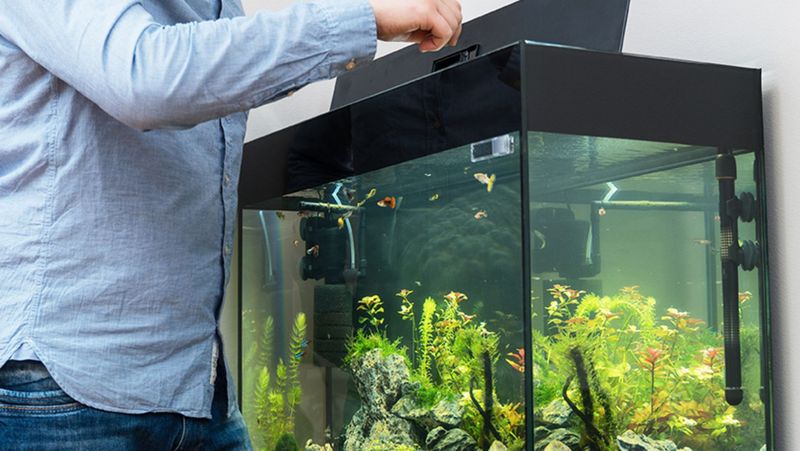
Aquarium equipment requires regular checks to function optimally. Malfunctioning heaters or lights can drastically affect the tank’s conditions. Monthly inspections of all equipment ensure they’re operating efficiently, safeguarding your fish’s environment.
Listen for unusual noises from air pumps or filters, which could indicate issues. Timely maintenance or replacement prevents potential disasters.
By ensuring equipment functionality, you provide a stable and safe habitat for your aquatic friends. Regular checks prolong the lifespan of both equipment and inhabitants, offering peace of mind and consistent tank performance.
Quarantine New Additions

Introducing new fish directly to the main aquarium poses risks of disease and parasites. A separate quarantine tank allows observation and treatment before integration.
Keep new additions in quarantine for at least two weeks, monitoring for signs of illness. This practice minimizes stress and prevents the spread of potential infections.
A successful quarantine ensures a healthier community in your main tank. This preventative step protects your investment and fosters a safe, disease-free environment for all aquatic life.
Research and Plan
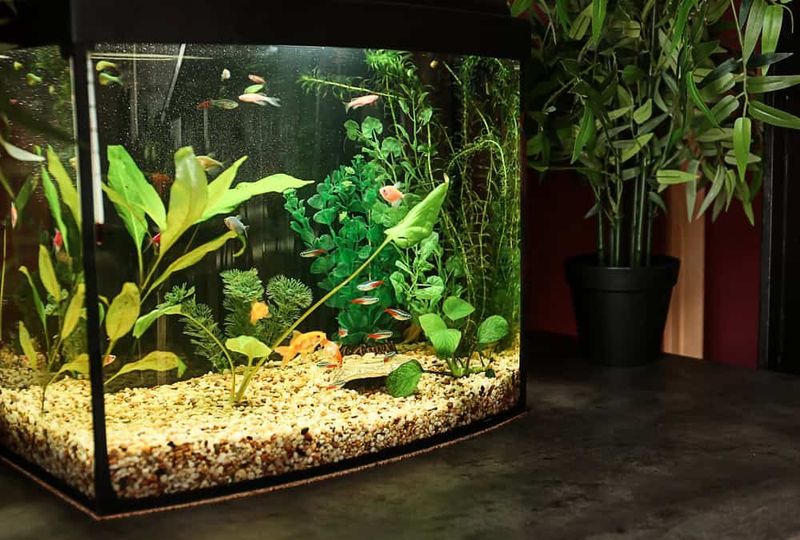
Successful aquarists never stop learning. Research is the backbone of a thriving aquarium. Understanding the needs of different species and staying informed about new care techniques is essential.
Planning your tank setup, from species compatibility to plant choices, prevents future headaches. Knowledge empowers you to make informed decisions that enhance your aquarium’s health.
This proactive approach not only benefits current inhabitants but also prepares for future expansions or changes. Continuous learning ensures a vibrant, balanced, and dynamic aquatic environment that you and your fish can enjoy.

